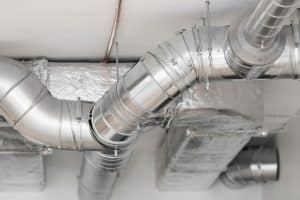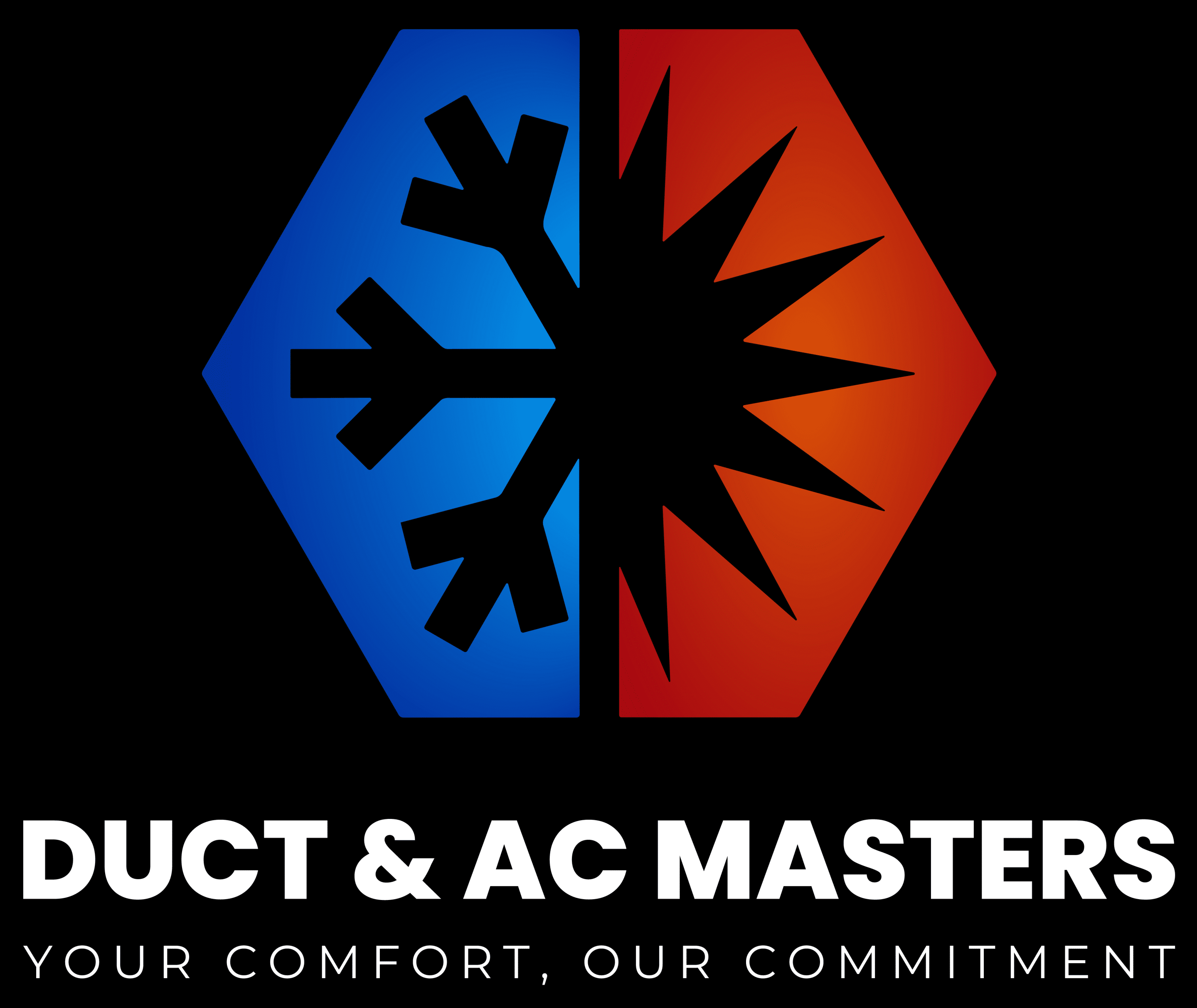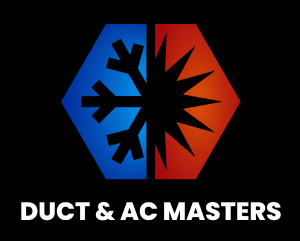 Ductwork is a crucial component of any heating, ventilation, and air conditioning (HVAC) system, responsible for distributing conditioned air throughout your home or commercial space. Proper installation, repair, and maintenance of ductwork can significantly enhance indoor air quality, energy efficiency, and overall comfort. This guide will delve into the essential aspects of ductwork, including its design, installation, common issues, and maintenance practices.
Ductwork is a crucial component of any heating, ventilation, and air conditioning (HVAC) system, responsible for distributing conditioned air throughout your home or commercial space. Proper installation, repair, and maintenance of ductwork can significantly enhance indoor air quality, energy efficiency, and overall comfort. This guide will delve into the essential aspects of ductwork, including its design, installation, common issues, and maintenance practices.
Understanding Ductwork: The Basics
Ductwork consists of a network of tubes that transport air from your HVAC system to various rooms in your building. It plays a vital role in regulating temperature and ensuring that air circulates effectively. Understanding the different types of ductwork materials and their functions is essential for homeowners and contractors alike.
Types of Ductwork Materials
-
- Galvanized Steel Ducts: Known for their durability and resistance to corrosion, galvanized steel ducts are the industry standard. They can be found in various shapes, including rectangular and round, and can be insulated or uninsulated.
- Flexible Ducts: Made from lightweight materials, flexible ducts are easy to install and ideal for tight spaces. However, they can sag over time, which may hinder airflow.
- Fiberglass Ducts: These ducts feature a layer of fiberglass insulation, providing excellent thermal resistance. While they are lightweight, they can be more susceptible to damage compared to metal ducts.
The Role of Ductwork in HVAC Systems
Ductwork serves two primary functions: delivering conditioned air to different areas and returning air back to the HVAC system for reconditioning. A well-designed duct system ensures balanced airflow, which is crucial for maintaining consistent temperatures and improving indoor air quality.
Ductwork Design Principles
Designing an efficient ductwork system is essential for optimal HVAC performance. Several key principles should be considered during the design phase.
Proper Sizing
Correctly sizing ducts is critical to ensure adequate airflow. Ducts should be sized based on the heating and cooling load calculations for each room. Oversized ducts can lead to inefficiencies, while undersized ducts may restrict airflow.
Efficient Layout
The layout of the duct system should minimize the length of duct runs and limit the number of bends and turns. A streamlined layout reduces resistance and enhances airflow, making it easier for the HVAC system to maintain desired temperatures.
Balanced Airflow
Achieving balanced airflow is vital for comfort and efficiency. The duct system should be designed to provide equal distribution of supply and return air, ensuring that all areas receive adequate conditioned air.
Duct Installation: Best Practices
Proper installation of ductwork is crucial for its long-term performance. Here are some best practices to follow during the installation process.
Planning and Preparation
Before installation, conduct a thorough assessment of the space. Identify the locations of air handlers, registers, and returns. Create a detailed plan that outlines the duct layout, taking into account the specific needs of the building.
Sealing and Insulation
Sealing joints and seams is essential to prevent air leaks, which can significantly impact efficiency. Use mastic sealant or foil-backed tape to create airtight seals. Additionally, insulating ducts, especially those located in unconditioned spaces, helps maintain the temperature of the air being transported.
Testing for Airflow
Once the ductwork is installed, it’s important to test the system for proper airflow. Use a flow hood or an anemometer to measure the air velocity at each register. Adjustments may be necessary to ensure balanced airflow throughout the system.
Common Ductwork Issues
Even with proper installation, ductwork can encounter various issues over time. Recognizing these problems early can prevent costly repairs and improve system efficiency.
Duct Leaks
Air leaks in ductwork can occur due to poor installation, wear and tear, or damage. Leaks can lead to significant energy loss, causing your HVAC system to work harder and increasing utility bills. Regular inspections can help identify and address leaks promptly.
Poor Insulation
Inadequate insulation can result in heat loss or gain, affecting the efficiency of your HVAC system. Ducts located in unconditioned spaces should be insulated to prevent temperature fluctuations.
Blocked Vents
Blocked or obstructed vents can restrict airflow, leading to uneven temperatures throughout your home. Ensure that furniture, curtains, or other objects do not block vents, and regularly clean them to maintain optimal airflow.
Duct Maintenance: Keeping Your System Efficient
Regular maintenance is essential for ensuring the longevity and efficiency of your ductwork. Here are some key maintenance practices to follow.
Routine Inspections
Conduct regular inspections of your ductwork to check for signs of damage, leaks, or blockages. Look for visible signs of wear, such as rust or corrosion, and address any issues promptly.
Cleaning Ducts
Over time, dust, debris, and allergens can accumulate in your ductwork, affecting indoor air quality. Schedule professional duct cleaning every few years to remove buildup and improve airflow.
Change Air Filters
Regularly changing your HVAC system’s air filters is crucial for maintaining clean air and preventing dust from entering the ductwork. Aim to replace filters every 1-3 months, depending on usage and filter type.
The Importance of Professional Duct Services
While some ductwork tasks can be performed by homeowners, hiring a professional contractor is often the best choice for installation, repair, and maintenance. Here’s why:
Expertise and Experience
Professional HVAC contractors have the training and experience necessary to handle complex ductwork systems. They can identify issues that may go unnoticed by untrained eyes and provide effective solutions.
Access to Specialized Tools
HVAC professionals have access to specialized tools and equipment that can make ductwork installation and repair more efficient. This includes tools for sealing, testing airflow, and cleaning ducts.
Compliance with Regulations
Hiring a professional ensures that your ductwork installation complies with local building codes and regulations. This is particularly important for new constructions or major renovations.
Choosing the Right Contractor
Selecting the right contractor for your ductwork needs is crucial for achieving optimal results. Here are some factors to consider when making your choice.
Credentials and Certifications
Look for contractors with appropriate licenses and certifications, such as NATE (North American Technician Excellence) or ACCA (Air Conditioning Contractors of America). These credentials indicate a commitment to quality and professionalism.
Experience and Reputation
Research the contractor’s experience and reputation in the industry. Read online reviews, ask for references, and inquire about their previous projects to gauge their reliability and expertise.
Comprehensive Services
Choose a contractor that offers a full range of ductwork services, including installation, repair, and maintenance. This ensures that you have a single point of contact for all your ductwork needs.
We Provide Duct Work Installation, Repair, & Maintenance
Professional duct work installation, repair, and maintenance are crucial services in South Florida’s unique climate, where high humidity and temperature fluctuations place significant demands on HVAC systems. Properly installed ductwork creates an efficient network that distributes conditioned air throughout your home, while strategic placement of supply registers and return air grilles ensures balanced airflow essential for managing Florida’s intense heat.
> Learn More
Ductwork is a vital component of any HVAC system, and understanding its installation, repair, and maintenance is essential for homeowners and contractors alike. By following best practices for design and installation, recognizing common issues, and prioritizing regular maintenance, you can ensure that your ductwork operates efficiently and effectively. When in doubt, don’t hesitate to seek the expertise of a qualified HVAC contractor to keep your system running smoothly.
Contact Us (954-324-1406) for a Free Consultation!
—
 About Duct and AC Masters
About Duct and AC Masters
Duct and AC Masters is South Florida’s premier solution for all your air system needs. Our certified professionals, competitive pricing, and commitment to customer satisfaction ensure that your HVAC system performs at its best.

 About Duct and AC Masters
About Duct and AC Masters